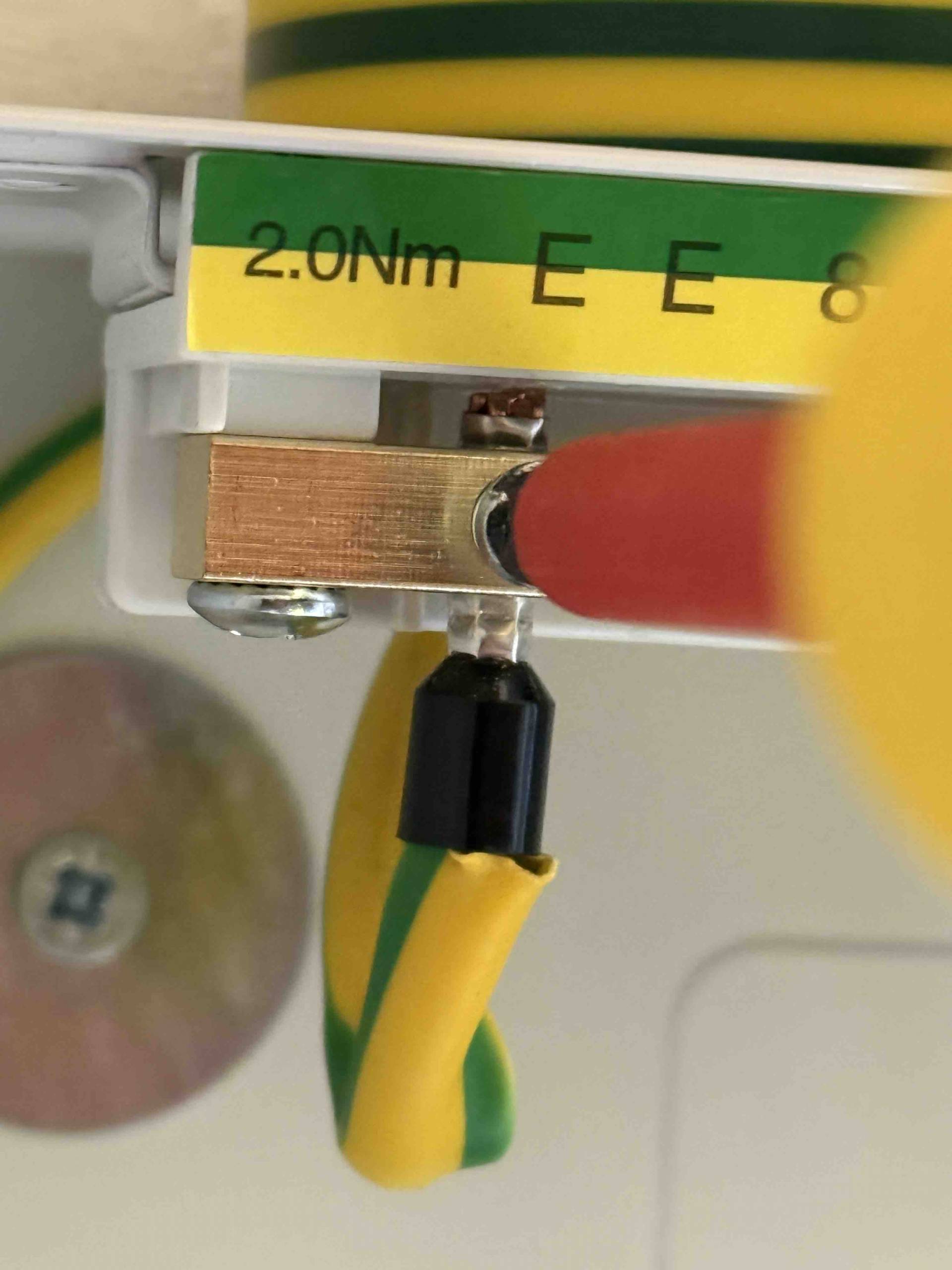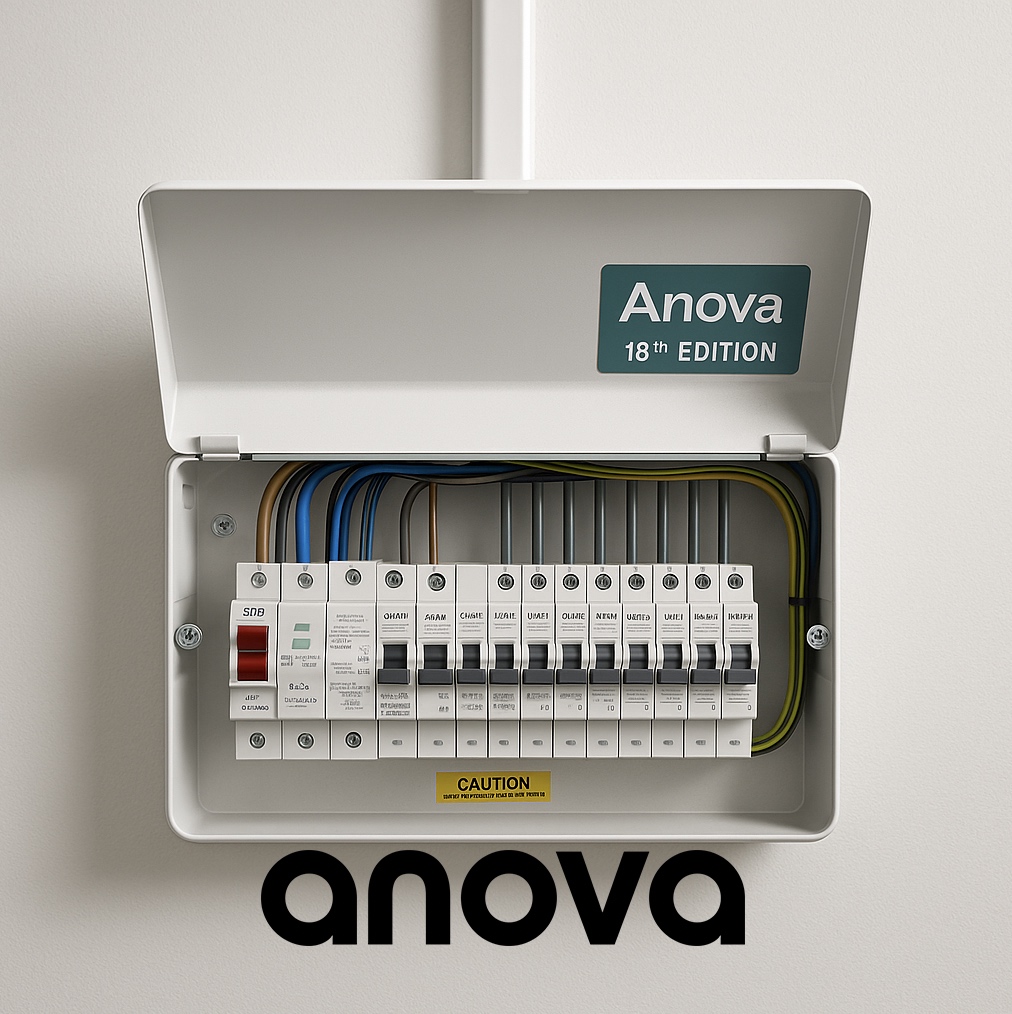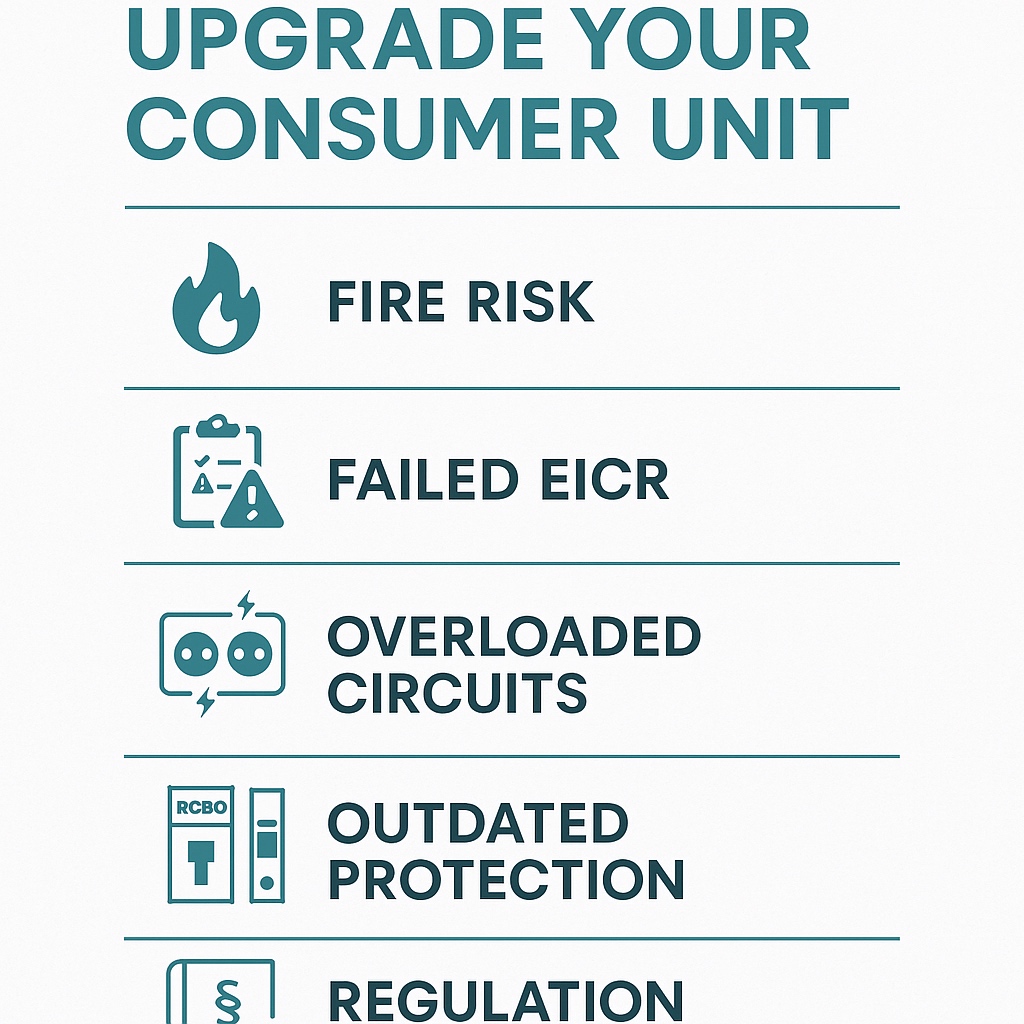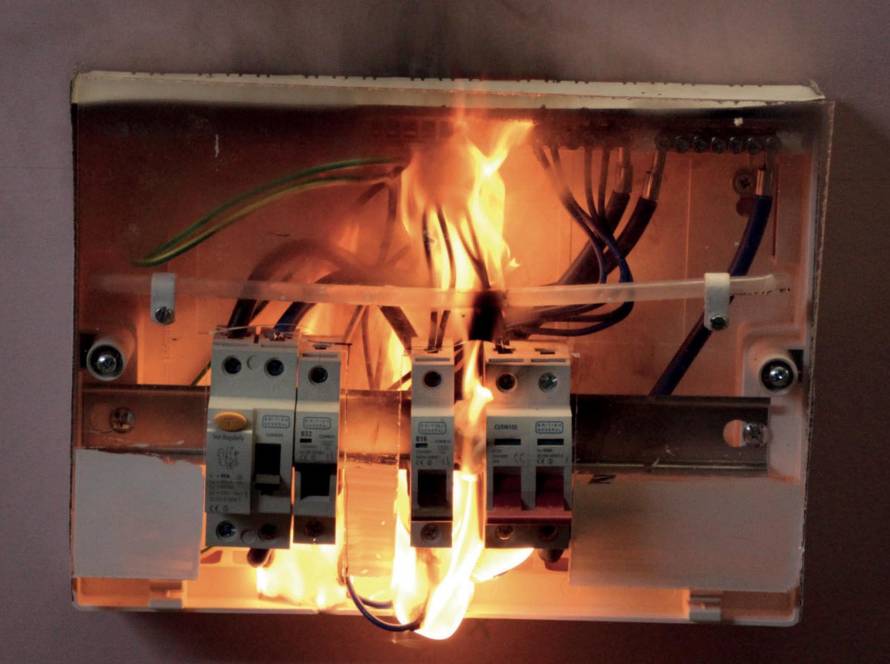Many homeowners and landlords only think about upgrading their consumer unit when something goes wrong but waiting too long could mean putting your property and the people inside it at risk. Electrical regulations have evolved to meet the demands of modern living, and older fuse boards often can’t keep up. In this article, we’ll explain the most common reasons for upgrading your consumer unit, including safety concerns, regulation changes, and preparing your installation for future needs like EV chargers or heat pumps.
Fire Risk from Outdated Fuse Boards
If your current board is made of plastic, it may not comply with the fire safety requirements introduced in Amendment 3 of the 17th Edition, carried forward into the 18th Edition of BS 7671.
Plastic consumer units — especially those installed under stairs — can allow fire to spread quickly. Modern metal-clad boards are designed to contain fire, offering an extra layer of protection.
Anova typically classifies plastic units as a C3 (improvement recommended), but this can vary based on location, installation method, and cable entry.


You’ve Failed or Are Preparing for an EICR
A common reason for replacement is an unsatisfactory Electrical Installation Condition Report (EICR), where the consumer unit receives a C2 or C1 code — especially if:
- There’s exposed live parts
- Protective devices are incorrect or outdated
- Earthing and bonding are inadequate
Upgrading the board often resolves multiple issues in one go, bringing the installation up to current safety standards.
Overloaded or Untidy Setups
Many older boards weren’t designed for the number of circuits modern homes now require.
Additions like garden rooms, EV chargers, hot tubs, and solar panels often lead to overloading or unsafe modifications.
A new consumer unit provides:
Better fault-finding
Proper labelling
Circuit separation
Room for expansion

Upgrading to Meet Modern Living Requirements
Even if your current board isn’t ‘failing’, it might not be fit for the future.
Modern installations demand advanced protection, such as:
- RCBOs – offering individual fault detection per circuit
- Surge Protection Devices (SPDs) – guarding against voltage spikes
- Optional AFDDs – detecting dangerous arc faults
A surge protection device could protect you from thousands of pounds in potential damage to TVs, computers, boilers, and more.
Regulatory Compliance and Peace of Mind
Since 2015, any new consumer unit in a domestic setting must be:
- Made from non-combustible materials
- Compliant with 18th Edition standards
- Installed by a qualified person and certified to Building Control under Part P
If you’re unsure whether your installation complies, Anova can carry out a compliance check and explain your options.
Why Choose Anova for Your Upgrade?
We don’t just swap boxes. We assess your entire installation, carry out full testing, and install modern, regulation-compliant boards with precision and care.
All work includes full documentation, circuit labelling, and certification with options to integrate your upgrade into a wider maintenance plan.
Ready for an upgrade? Contact Anova to discuss your property’s safety and compliance needs.
📞 Call: 02080516482
📩 Email: info@anovauk.com
💬 WhatsApp: Click the button below




